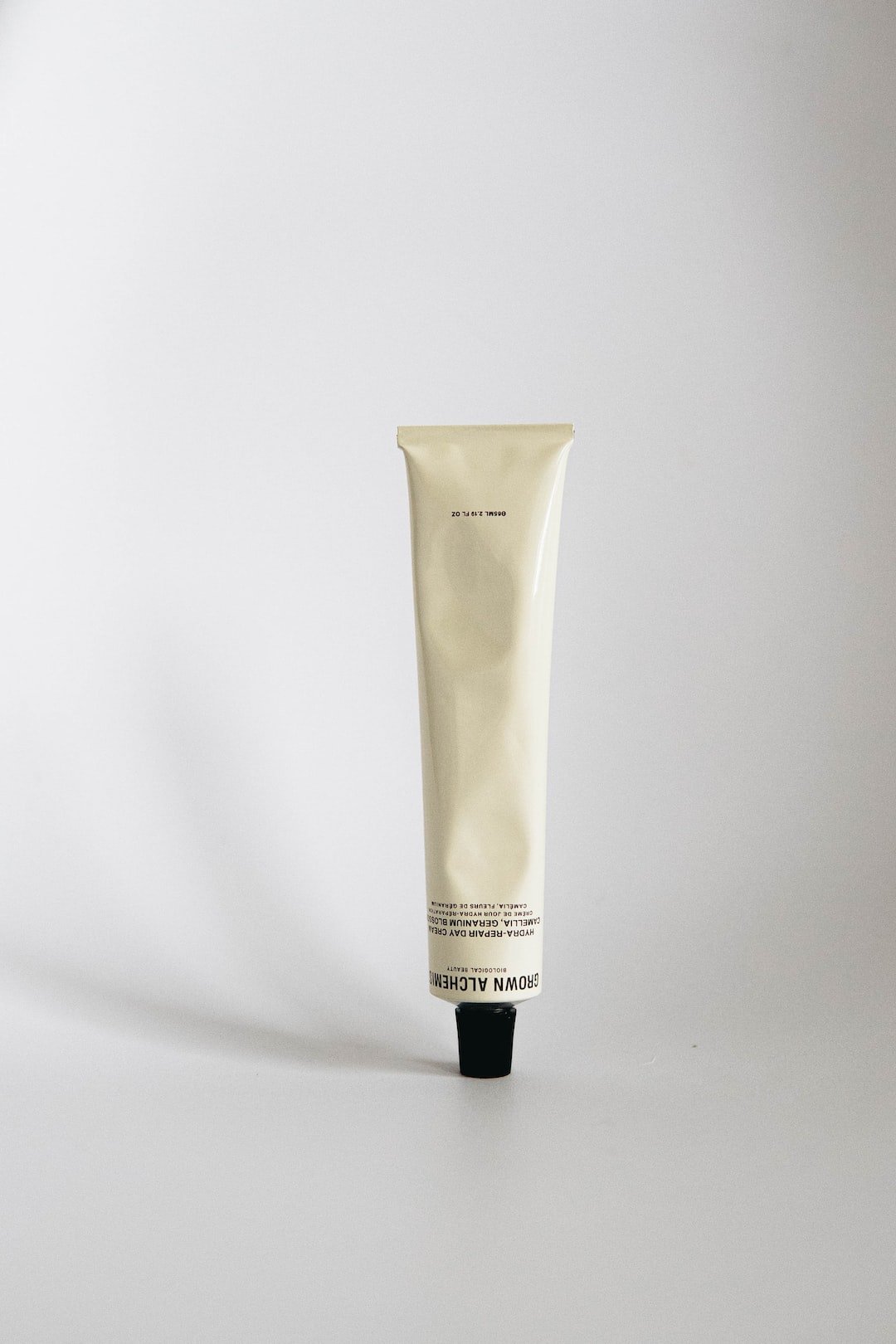The Evolution of Beauty: From Ancient Times to Modern Products
Beauty has been a defining concept throughout history, with various cultures and societies placing different values on it. The definition of beauty has evolved drastically over time, as has the way people achieve and maintain it. From ancient Egyptian rituals to the modern world of cosmetics, beauty has gone through a fascinating transformation.
In ancient times, beauty was often associated with physical attributes that reflected youth, fertility, and social status. Cleopatra, the iconic Egyptian queen, is known for her legendary beauty rituals. She would bathe in milk and honey, apply various oils and perfumes, and even use crushed beetles to create a vibrant red lipstick for her lips. These ancient beauty practices were seen as a way to enhance their features and maintain a youthful appearance.
Similarly, in ancient Greece, physical appearance was a crucial aspect of beauty. The Greeks admired a harmonious balance of proportions, with an emphasis on symmetrical facial features. They developed various methods to enhance these features, such as using lead-based foundations to create a fair complexion and extracting kohl from copper-based minerals to darken the eyebrows and eyelashes.
Moving into the Renaissance period, beauty became synonymous with a pale complexion, full-bodied figures, and elaborate hairstyles. This was the era of powdered wigs, as women would often shave their hairline and wear these extravagant wigs adorned with jewels and ribbons. Pale skin symbolized an elevated social status, as it suggested that one did not engage in manual labor that would give them a tan. Women resorted to toxic substances, like white lead and mercury, to achieve this porcelain complexion, leading to severe health issues.
The Victorian era brought about a more modest and delicate notion of beauty. Women were expected to be thin, have a small waist, and maintain a natural yet pale complexion. They used berries and crushed flowers as cheek stains and relied on homemade potions to lighten their skin. It was also during this time that the first manufactured beauty products began to emerge, including cold creams and face powders. The industrial revolution allowed for mass production, and beauty products became more accessible to a wider audience.
The early 20th century marked a significant turning point in the beauty industry. The rise of Hollywood and the emergence of cinema created a new standard of beauty. Icons such as Marilyn Monroe and Audrey Hepburn became the epitome of beauty, inspiring women around the world. The makeup industry experienced a boom, with companies like Revlon, Max Factor, and Maybelline launching a wide range of products for women to express themselves.
In more recent years, there has been a significant shift towards natural and sustainable beauty. Consumers are becoming increasingly conscious of the ingredients used in their skincare and makeup products. This shift has led to the rise of organic and cruelty-free brands, promoting a more holistic approach to beauty.
Moreover, the advent of technology has revolutionized the beauty industry. Social media platforms like Instagram and YouTube have allowed beauty enthusiasts to share their knowledge and skills with a global audience. Online beauty communities have expanded, with influencers and bloggers providing product reviews and tutorials. This democratization of beauty advice has given consumers more power and control over their routines.
The evolution of beauty has not only shaped our perception of ourselves but has also played a significant role in cultural and societal norms. As our understanding of beauty continues to evolve, it is crucial to celebrate diversity and promote body positivity. Beauty should be seen as a form of self-expression, rather than a strict set of standards to adhere to.
In conclusion, the evolution of beauty has been a fascinating journey. From ancient beauty rituals to the booming cosmetics industry, the definition of beauty has undergone significant transformations throughout history. It is essential to embrace and appreciate the diversity of beauty, as it is a reflection of our cultural and individual identities. As we move forward, let us strive to redefine beauty beyond skin-deep appearances and focus on self-acceptance and empowerment.

